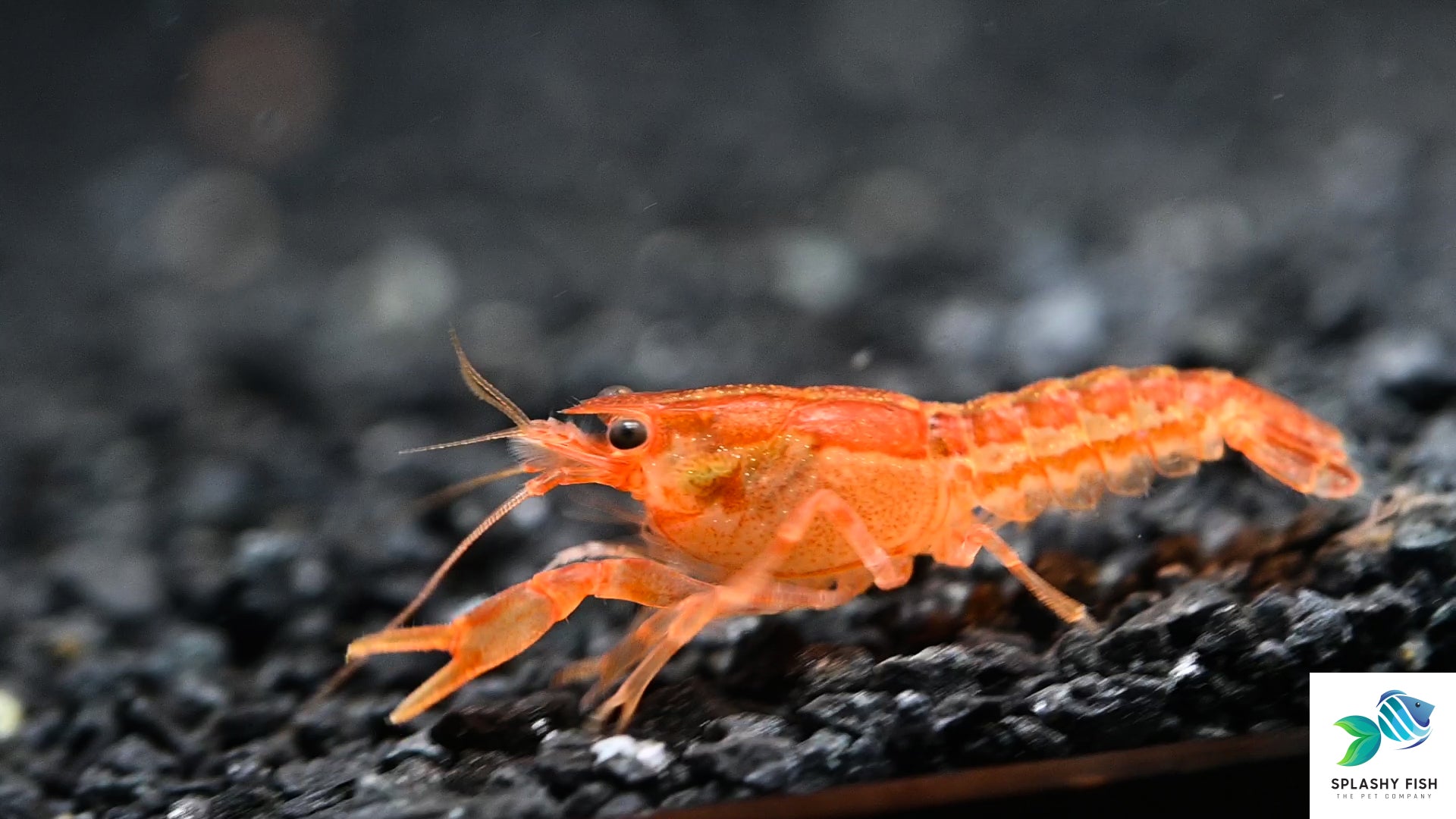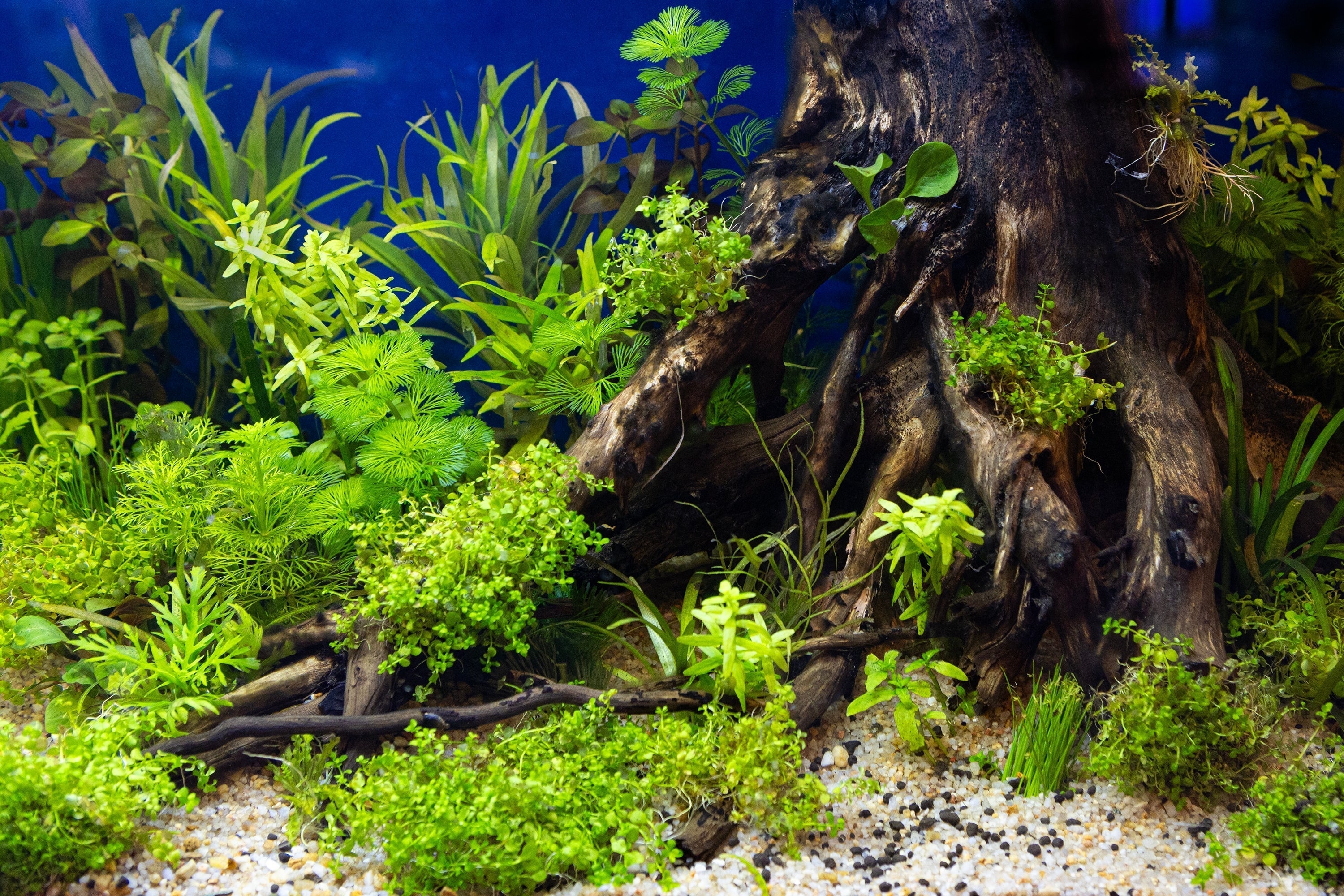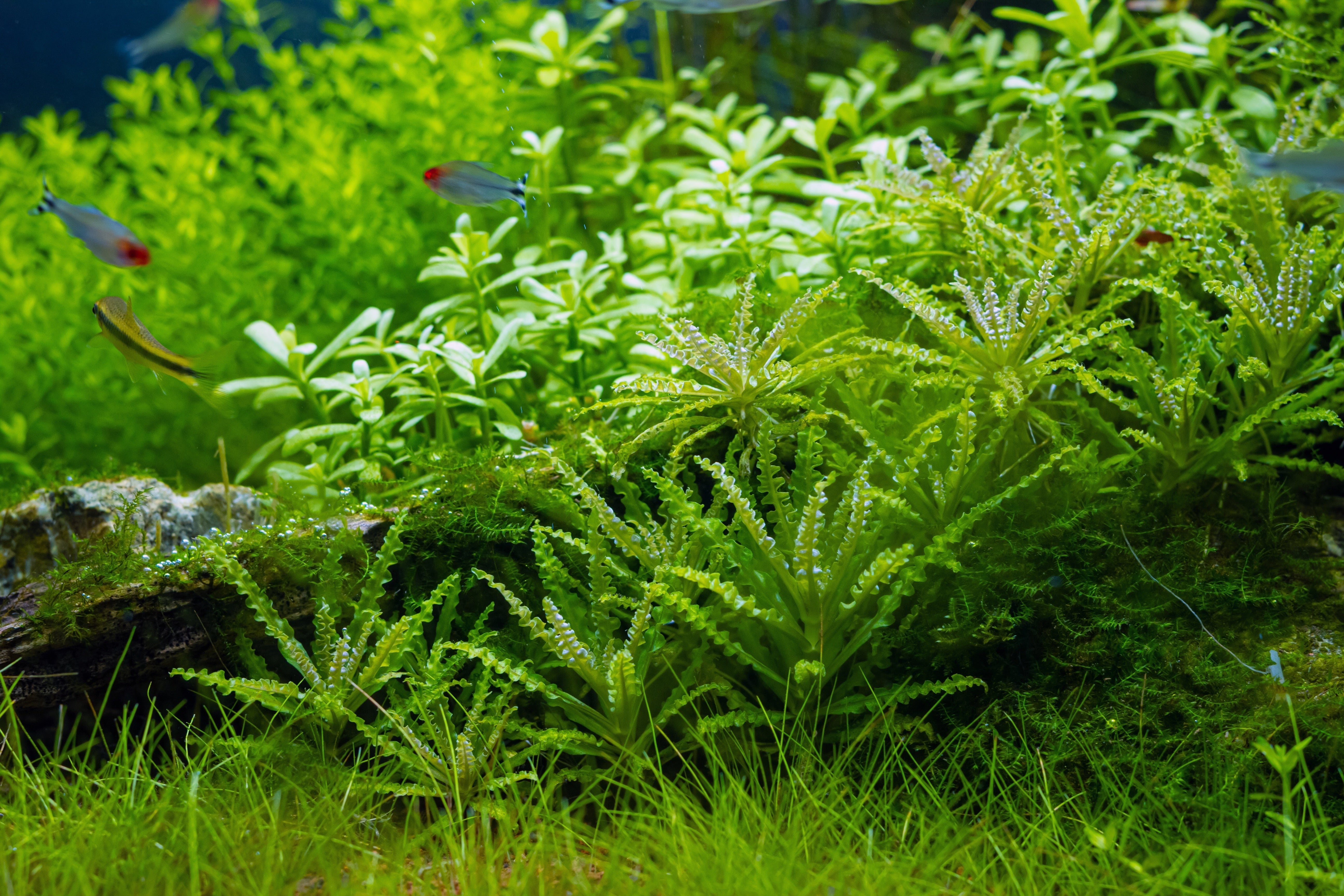Table of Contents
Are you ready to dive into the fascinating world of raising a healthy freshwater lobster? In this essential care guide, we will uncover the secrets to successfully nurturing these unique crustaceans and ensuring they thrive in your home aquarium. From selecting the perfect lobster habitat to optimizing water quality and providing a nutritious diet, we'll provide you with everything you need to know to establish a thriving environment for your freshwater lobsters. Our expert tips and tricks will guide you through the process of acclimating your lobsters to their new home, monitoring their behavior and health, and addressing any common challenges that may arise. Whether you're a seasoned lobster enthusiast or just getting started, this guide will equip you with the knowledge and confidence to raise happy and healthy freshwater lobsters. Get ready to unleash the secrets behind successful lobster care and embark on an exciting journey with these fascinating creatures.
What Are The Differences Between Freshwater Lobster vs Saltwater Lobster?
When most people think of lobsters, they imagine the large red crustaceans found in saltwater oceans. However, freshwater lobsters are different and more suitable for home aquariums. Here’s a quick comparison:
|
Feature |
Freshwater Lobsters |
Saltwater Lobsters |
|---|---|---|
|
Habitat |
Rivers, streams, lakes |
Oceans, seas |
|
Size |
Smaller (up to 6 inches) |
Larger (up to 24 inches) |
|
Color |
Blue, brown, or red variants |
Typically red or brown |
|
Tank Requirements |
Freshwater tanks (20+ gallons) |
Saltwater tanks (50+ gallons) |
|
Behavior |
Territorial and active |
Less active, mainly bottom dwellers |
Freshwater lobsters often referred to as small freshwater lobsters or crayfish, are much easier to keep in a home aquarium compared to their saltwater cousins. They also come in stunning colors, like the blue freshwater lobster and orange freshwater lobster, which can be a striking centerpiece in your tank.

Setting Up The Perfect Freshwater Lobster Habitat
A well-designed freshwater lobster tank is essential for the health and well-being of your new aquatic pet. Here’s what you need to know:
Tank Size
- Minimum Size: A 20-gallon tank is the smallest size suitable for a single freshwater lobster. If you plan to keep multiple lobsters, aim for at least a 30-gallon tank to prevent territorial disputes.
- Space for Exploration: Freshwater lobsters need plenty of space to roam and explore. A larger tank reduces the risk of aggression and provides a more natural environment.
Lighting
Freshwater lobsters thrive without the need for specialized aquarium lighting; however, providing moderate lighting can enhance their vibrant colors, making them more visually appealing in their environment.
Substrate and Decorations
- Substrate: Use fine gravel or sand. Freshwater lobsters enjoy digging and burrowing, and a soft substrate is safer for their delicate exoskeleton.
- Hiding Spots: Provide ample hiding places using driftwood, caves, and PVC pipes. This helps reduce stress, especially after molting when lobsters are most vulnerable.
- Aquatic Plants: Hardy plants like Java fern, Anubias, and Hornwort can be added, but be aware that lobsters may uproot them or use them as a snack.
Water Conditions
- Temperature: Maintain a stable water temperature between 65-80°F (18-27°C). Most species thrive at around 72-75°F.
- pH Level: Aim for a pH between 6.5 and 8.0. Freshwater lobsters prefer slightly alkaline water, which helps maintain shell health.
- Filtration: Use a strong aquarium filter to handle the high bioload. Freshwater lobsters produce a significant amount of waste, making water quality crucial.
What Do Freshwater Lobsters Eat?
A balanced diet is essential for healthy freshwater lobsters. They are omnivores and enjoy a variety of foods.
- Pellets: Sinking shrimp or crayfish pellets are a staple food.
- Vegetables: Offer blanched spinach, zucchini, or peas as occasional treats.
- Protein: Supplement their diet with live or frozen foods like bloodworms, brine shrimp, or small fish.
- Algae Wafers: These can be given to help clean the tank while providing nutrition.
Feed your lobster once a day, removing any uneaten food after a few hours to prevent water contamination.
Maintaining Water Quality for Freshwater Lobsters
Water quality is one of the most critical aspects of freshwater lobster care. Poor water conditions can lead to stress, disease, and even death.
Water Testing
- Test the water regularly for ammonia, nitrite, and nitrate levels using an aquarium test kit.
- Ammonia and nitrites should always be at 0 ppm, as even small amounts can be lethal.
- Keep nitrates below 20 ppm. Higher levels can stress your lobster and affect molting.
Regular Maintenance
- Perform weekly 20-30% water changes to maintain water quality.
- Clean the filter regularly but avoid washing it with tap water, as this can kill beneficial bacteria.
Hardness and Mineral Content
Freshwater lobsters need moderate to hard water for healthy shell development. Add crushed coral or limestone to the tank if your water is naturally soft.
Handling and Caring for Freshwater Lobsters
Handling Tips
- Use a net or container to move your lobster rather than handling it directly. Their claws are strong and can pinch.
- Only handle when necessary, such as during tank cleaning or health checks, to reduce stress.
Common Health Issues
- Shell Problems: Issues like shell rot can occur due to poor water quality. Regular water changes and a proper diet help prevent this.
- Molting Issues: Lobsters molt regularly as they grow. During this time, they are vulnerable. Ensure they have plenty of hiding places and do not disturb them.
Breeding and Reproduction of Freshwater Lobsters
Freshwater lobster breeding can be a rewarding experience but requires the right conditions. Here are some tips to encourage breeding in freshwater lobsters:
- Sexing: Males typically have larger claws, while females have broader abdomens.
- Separate Breeding Tank: Set up a separate tank with plenty of hiding spots for the female. Breeding often results in aggression, so separating them afterward is crucial.
- Eggs and Hatching: Females carry eggs under their tails. The eggs will hatch in about 3-4 weeks. Newly hatched lobsters are delicate and should be kept separate to avoid predation.

Tank Mate and Compatibility of Freshwater Lobsters
Freshwater lobsters are aggressive and territorial, making them tricky to pair with other tank mates. However, some fish can coexist peacefully.
Compatible Tank Mates
- Fast-moving freshwater fish like Danios or Tetras
- Bottom-dwellers like Plecos or Corydoras
- Freshwater Snails and certain shrimp (with caution)
Avoid
- Slow-moving or long-finned fish (e.g., goldfish)
- Other aggressive crustaceans or territorial fish
Enhancing Freshwater Lobsters Tank with Aquatic Plants and Decorations
Aquatic plants and decorations not only beautify your tank but also provide hiding spots for your lobsters.
- Recommended Plants: Java fern, Anubias, and hornwort are hardy and less likely to be eaten.
- Decorations: Use rocks, driftwood, and artificial caves to create a natural-looking environment.
- Substrate Choice: Consider using live sand or fine gravel, which mimics the natural riverbed habitats of many freshwater lobsters.
Conclusion
Caring for freshwater lobsters can be an exciting and rewarding hobby. By setting up the right habitat, maintaining water quality, providing a balanced diet, and being mindful of tank mates, you can enjoy the beauty and unique behavior of these fascinating creatures. Whether you're interested in a striking blue freshwater lobster or a smaller species, the journey of raising and possibly breeding these crustaceans will be a fulfilling experience. Whether you considering buying freshwater lobsters online, visit Spalshy Fish tropical fish store for freshwater lobster for sale, freshwater fish for sale, freshwater shrimp for sale, aquatic plants for sale, and other aquarium supplies with the best quality and affordable price.
FAQs
What is freshwater lobster?
Freshwater lobsters are crustaceans that live in rivers, lakes, and streams. They are smaller and more suited to aquariums than saltwater lobsters.
Are lobsters freshwater or saltwater?
There are both freshwater and saltwater species. Freshwater lobsters are adapted to live in rivers and lakes, while saltwater lobsters inhabit oceans. Freshwater lobsters are more commonly kept in home aquariums.
How big do freshwater lobsters get?
Most freshwater lobsters grow up to 6 inches, but size can vary based on species and tank conditions.



























